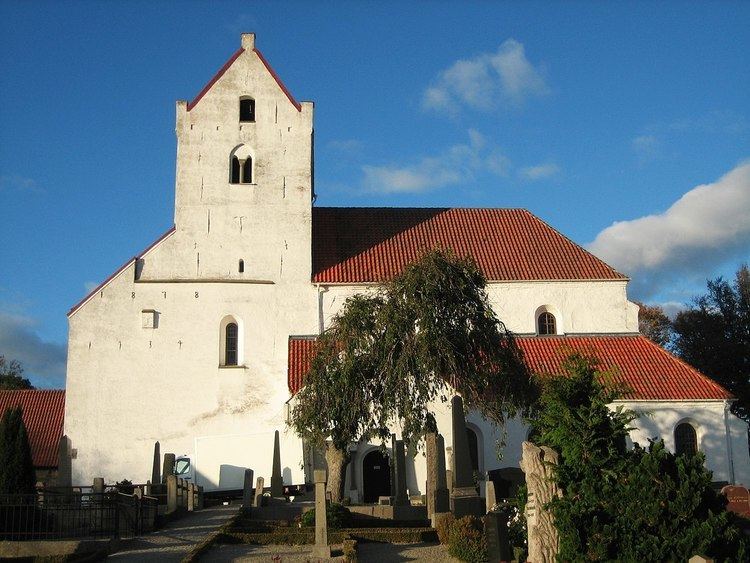Phone +46 46 20 86 00 | Burials Harald III of Denmark | |
 | ||
Address Lundavägen 5, 247 50 Dalby, Sweden Similar Hällestad Church, Bonderup Church, Hardeberga Church, Genarps Kyrka, Södra Sandby Church | ||
Holy Cross Abbey is an important Augustinian monastery located in Skåne's old capital, Dalby, then Denmark, now southern Sweden.
History
The Holy Cross Abbey of Dalby began its story as a Viking Age royal manor (Danish: gård). The buildings along with a granite chapel were donated for the establishment of a Benedictine monastery during the reign of King Sweyn II of Denmark, who gifted the old manor on which the abbey was to be built and two and a half other rented properties to fund its construction. The old manor buildings were converted into the ranges of the monastery. In 1066 Bishop Henrik of Lund died and Bishop Egino of Dalby Diocese took his place. Plans had been made to build a cathedral complex at Dalby, but the pope instead combined the dioceses of Dalby and Lund. In addition, Bishop Egino became the first Archbishop of Lund, after Pope Alexander II decided that Denmark and the rest of Scandinavia should from that time forward be an independent archdiocese of the Catholic Church.
King Sweyn II's son, King Harald III of Denmark, was buried in the church at Dalby in 1080, indicating its important status at the end of the Viking Era.
A new expanded church was built of granite in the Romanesque style as a basilica dedicated to St Peter and given over to Augustinian canons. The building was further extended in the early 13th century with the addition of double towers, an extended west facade and two smaller towers flanked the new apse added onto the choir.
In the 14th century the abbey had become wealthy enough to rebuild itself, so the original Viking Age buildings were demolished and new larger brick buildings took their place. The church was nearly as large as Lund Cathedral when it was complete and was arranged in the typical plan for monasteries of the day. Three ranges were built adjacent to the church forming a four-sided enclosure to separate the canons from the world. At its height, Dalby owned 450 farms and other properties throughout Skåne.
Monks from Dalby founded the monastery at Tvilum on Jutland.
The abbey was sacked by the Swedish King Charles Knutsson in 1450 and never fully recovered its status. As a result, the buildings were maintained, but not extended.
In the 1530s Denmark fought over the question of religion. Lutherans urged Danes to abandon their Catholic beliefs, customs, and institutions in favor of those of the Lutheran movement. Dalby lost its support and rapidly declined. In 1536 Denmark became a Lutheran kingdom. All religious houses and their properties reverted to the crown. Dalby was secularized and given to the nobleman, Anders Bille and then other owners.
Dalby suffered during the wars between Sweden and Denmark. It became the property of the Swedish Crown in 1678 when Skåne became part of Sweden and in 1686 the eastern half of the church and towers were demolished. The buildings became so dilapidated by the 1740s that, while some parts were restored, other were demolished. In 1755 the entire eastern end of the church collapsed, destroying the famous marble altar. The partially ruined church was restored and a late Gothic brick tower added in 1758. The remaining range called "Boningshus" was repaired. It remains Sweden's oldest inhabited dwelling. In 1809 Dalby reverted to the Swedish Crown and it was restored again and modernized into the complex that can be seen today. Several additional buildings were constructed in the same style as the surviving buildings to replicate the feel of the ancient abbey.
The church is the oldest existing church building in Sweden, and the sandstone baptismal font in Dalby Church is believed to be one of the oldest in Scandinavia still in use.
